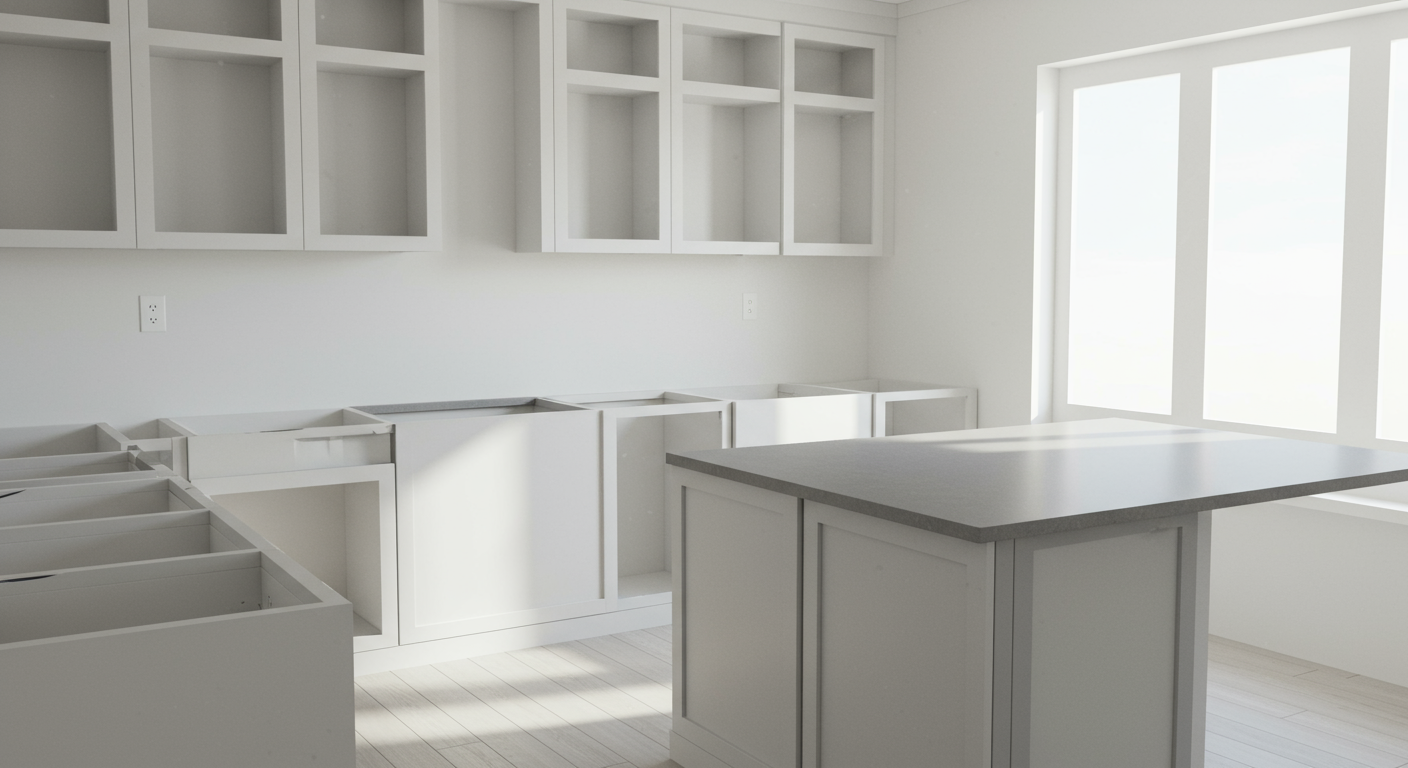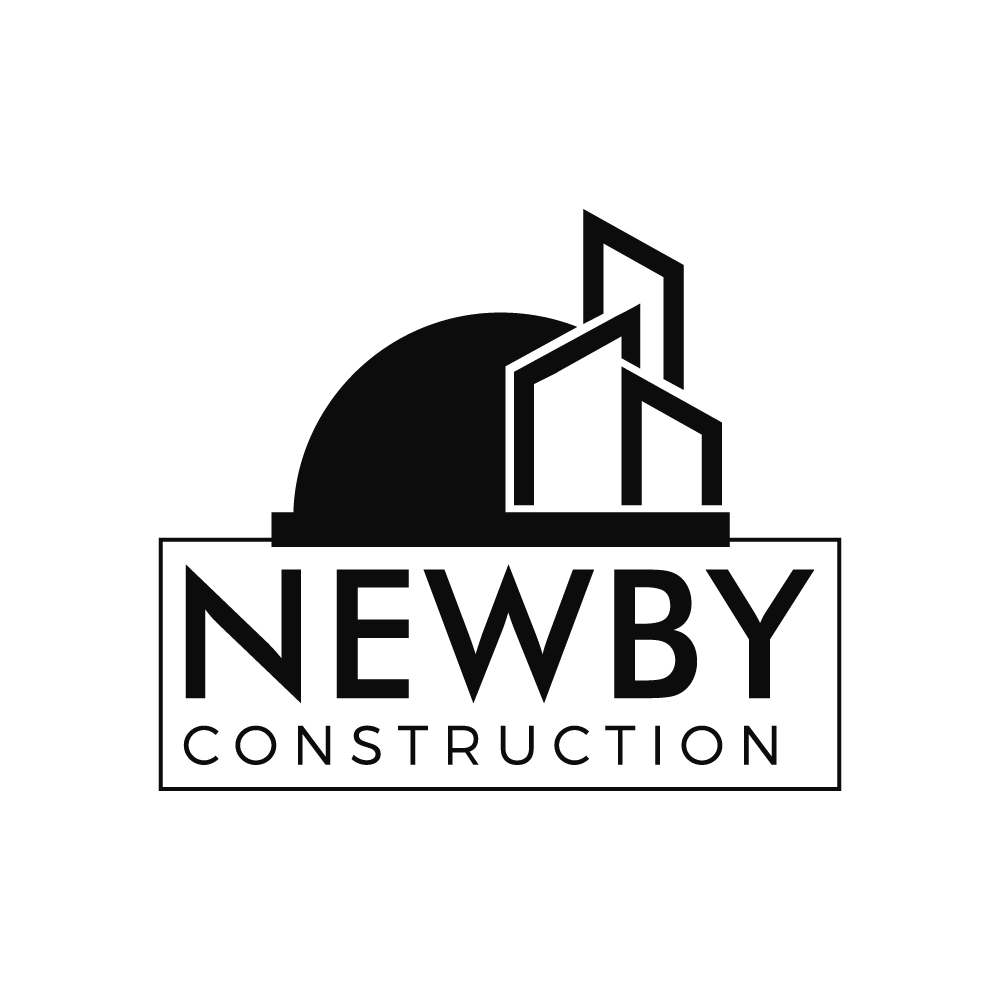If your kitchen cabinets look tired but your budget (and patience) has limits, you’ve got three smart routes: refinishing, refacing, or full replacement. Each delivers a different level of change, cost, and disruption. Here’s a human, no‑fluff guide to what each entails, the real‑world pros and cons, and how to choose the right move for your space.
Refinish: Same Boxes, Fresh Finish

What it is Refinishing keeps your existing cabinet boxes, doors, and drawers. You deep‑clean, strip/sand, repair minor dings, then apply new stain or paint and a protective topcoat.
Why it works
Pros: Lowest cost, less disruption, eco‑friendly reuse, and a quick visual reset.
Cons: Doesn’t change door style or layout; results hinge on current cabinet condition and finish quality; DIY can be messy and less durable.
Best for Structurally sound, solid‑wood cabinets where you like the layout and just want a new color or refreshed wood tone.
Reface: New Style, Same Bones

What it is Refacing keeps the cabinet boxes but replaces all visible parts—new doors and drawer fronts—then applies matching wood veneer or laminate to face frames and exposed ends. New hinges and hardware finish the look.
Why it works
Pros: Major style upgrade (shaker, flat, raised panel), faster than replacement, less demolition, and typically costs far less than all‑new cabinets.
Cons: Layout stays the same; boxes must be in good shape; still a meaningful investment.
Best for Good boxes and a working layout, but you want the look and feel of new kitchen cabinets—including updated styles and finishes.
Replace: Blank‑Canvas Transformation

What it is Tear out old boxes, doors, drawers—install entirely new cabinetry (stock, semi‑custom, or custom). Opens the door to new layouts, added storage, and integrated features.
Why it works
Pros: Total design freedom, improved function and storage, new‑cabinet quality and warranties, strongest long‑term upgrade.
Cons: Highest cost, most disruption, longest timeline, requires pros.
Best for Damaged or low‑quality boxes, dysfunctional layouts, water/termite damage, or when you want a complete re‑design and modern internal features.
How to Choose (Condition • Aesthetic • Budget • Disruption)
Cabinet condition: Solid boxes? Refinish or reface. Warped, water‑damaged, or failing particleboard? Replace.
Desired change: Color refresh? Refinish. New door style/material but same layout? Reface. New layout/storage/features? Replace.
Budget: Refinish (lowest) → Reface (mid) → Replace (highest).
Disruption tolerance: Refinish (least) → Reface (moderate) → Replace (most).
Cost & Timeline at a Glance
Refinish
- Cost: Typically the lowest of the three
- Time: Generally a few days to about a week (DIY often longer)
Cost: Typically the lowest of the three
Time: Generally a few days to about a week (DIY often longer)
Reface
- Cost: Mid‑range
- Time: Roughly 1–2 weeks on site (plus time to order doors/fronts)
Cost: Mid‑range
Time: Roughly 1–2 weeks on site (plus time to order doors/fronts)
Replace
- Cost: Highest
- Time: Often several weeks from demo to install (custom orders add lead time)
Cost: Highest
Time: Often several weeks from demo to install (custom orders add lead time)
Note: Exact numbers vary by kitchen size, materials, and local labor; always get written estimates from licensed pros.
When Replacement Is Non‑Negotiable
Structural failure: Warped, rotted, moldy, or crumbling boxes—especially from water damage near sink/dishwasher.
Pest damage: Termites or similar infestation compromising integrity.
Function beyond repair: Collapsing shelves, failing frames, chronic hardware failures due to weak structure.
Layout overhaul: Moving appliances, adding an island, or reworking the footprint requires new cabinets.
Must‑have internals: Soft‑close drawers, pull‑outs, spice racks, and other integrated storage that existing boxes can’t support.
Pro or DIY?
Refinish can be DIY if you’re meticulous with prep and finishing; professional finishing lasts longer and looks cleaner.
Reface and Replace are best left to licensed contractors/cabinet installers—precision, safety, waterproofing, and warranties matter.
Bottom Line
Choose the cabinet path that matches your reality. If your kitchen cabinets are solid and you love the layout, refinishing or refacing delivers maximum impact with less cost and chaos. If boxes are failing or the layout fights you, replacing unlocks the function, storage, and style you actually need—built to last for decades.


